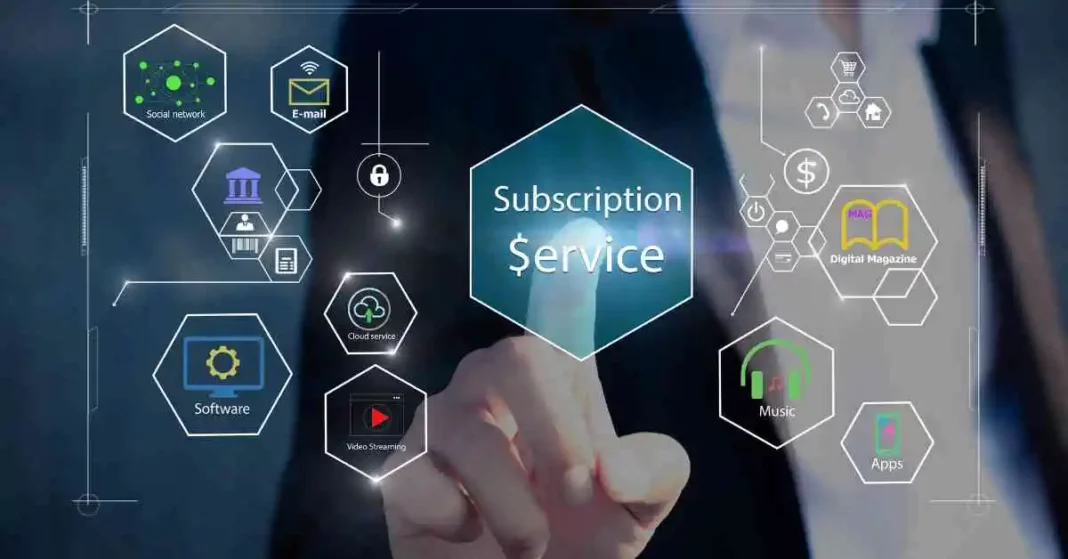Why the subscription business model is the future of businesses and what they need to do to attract loyal customers and generate ongoing revenue.
The subscription business model is familiar: Instead of individual sales, subscriptions ensure regular collections and save marketing and sales costs. This is also familiar in the banking sector: customers generally pay monthly fees for a current account, for example, or private banking customers pay quarterly or annual fees for management activities.
Digitalization gives new impetus to the subscription model. However, customers expect something from their subscriptions, and more than simply paying for the banking services they desire is needed to attract new customers or retain existing ones. It also depends on the emotional connection with the customer, and this is where digital businesses are currently ahead of the game.
Subscription models such as Amazon Prime, Spotify, or Netflix are well-known and spread quickly. And yet, they represent only a tiny part of the new subscription era. The future belongs to “as-a-service” products and offerings across all industries and businesses. “Subscription economy instead of product economy is the motto.
The subscription model as the business model of the future
The subscription model works not only for media and services but also for all industries and offerings, including expensive and static products. However, customer loyalty and transaction-independent revenue are not automatic. They require many changes in many areas. It is not just about marketing and accounting but also about the business model and the appropriate corporate culture.
In his entertaining and compelling book, he explains why it’s worth relying on the subscription model and provides step-by-step instructions on how to turn your business into a revenue model. Sustainable and customer-centric.
A service instead of a product
Tzuo sees behind every product a service that must be discovered and used. A business must first answer the question: “What do my customers want, and how can I provide that service?” Where once the product was the centre of attention, today it is the customer. All processes must be adapted to it.
In the subscription era, products are also always in beta status: They can and should be constantly changed and improved. This requires agile structures and processes. Cooperation instead of silo thinking is the motto.
However, depending on the initial situation, the path may be difficult and accompanied by a return drop. This is because instead of large one-off sales, smaller periodic payments are now made on an ongoing basis. At the same time, adjustments and investments are necessary, which cost money.
Adobe is an example of converting to the subscription model.
Adobe is an excellent example of converting to a subscription business model. The company changed the distribution of graphics software to the subscription model in 2013. Today, Adobe’s success is considered the best practice for moving to the subscription model and a model for many software companies. At the time, management communicated clearly and transparently that subsequent quarterly profits would initially decline due to the shift to subscription contracts. Adobe continued to give customers a choice between the new subscription model and the usual one-time purchase. Still, it made it known that there would be no more updates.
Today, the company is experiencing annual growth of 25%. Annual recurring revenue – a key figure for subscription companies – has grown from virtually 0% in 2011 to almost 70% of total revenue.
Focus on customer acquisition and retention
Customer acquisition and retention are the keys to success in the subscription era. Finding the right customers, keeping them happy, and limiting customer churn is essential. Up-selling and cross-selling not only mean more profit but also better customer retention. Prices and products must also be constantly tested, revised and optimized to achieve this.
Also Read: Behavioural Marketing: What it is










![Imginn Instagram Story and Photos Anonymous Viewer Tool [Free] Imginn](https://www.iblogtech.com/wp-content/uploads/2023/09/imginn-150x150.webp)



